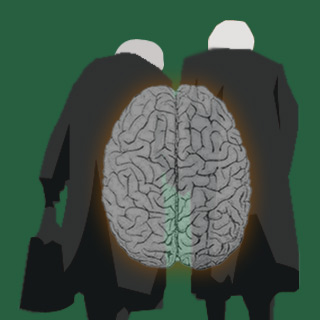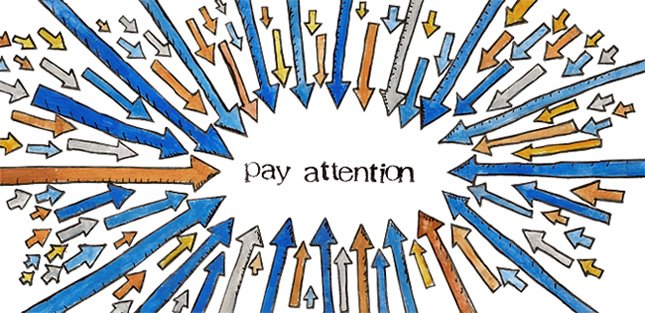Accidentally Triggering Vicarious Goal Fulfillment
Friday, March 12th, 2010 A growing number of studies reveal an important new class of self-regulation failure called vicarious goal fulfillment. Interestingly, those that rate high in measures of self-control are especially susceptible. Most importantly for cognitive designers, this effect can be triggered when we are trying to design solutions for helping people improve self control!
A growing number of studies reveal an important new class of self-regulation failure called vicarious goal fulfillment. Interestingly, those that rate high in measures of self-control are especially susceptible. Most importantly for cognitive designers, this effect can be triggered when we are trying to design solutions for helping people improve self control!
A recent blog post on Futurity, describes the effect as it relates to food choices:
“It’s an effect called “vicarious goal fulfillment,” in which a person can feel a goal has been met if they have taken some small action, like considering the salad without ordering it, says Gavan Fitzsimons, professor of marketing and psychology at Duke’s Fuqua School of Business, who led the research.”
This means offering a health food choice on a menu as a way to improve eating habits can actually backfire and may do so more often for people with high self control. Here is the explanation:
“In this case, the presence of a salad on the menu has a liberating effect on people who value healthy choices,” Fitzsimons says. “We find that simply seeing, and perhaps briefly considering, the healthy option fulfills their need to make healthy choices, freeing the person to give in to temptation and make an unhealthy choice. In fact, when this happens people become so detached from their health-related goals, they go to extremes and choose the least healthy item on the menu.”
This is a great example of why it is critical to understand the actual cognitive needs of the people we are designing for.









